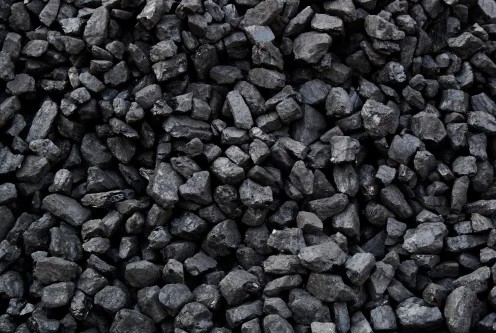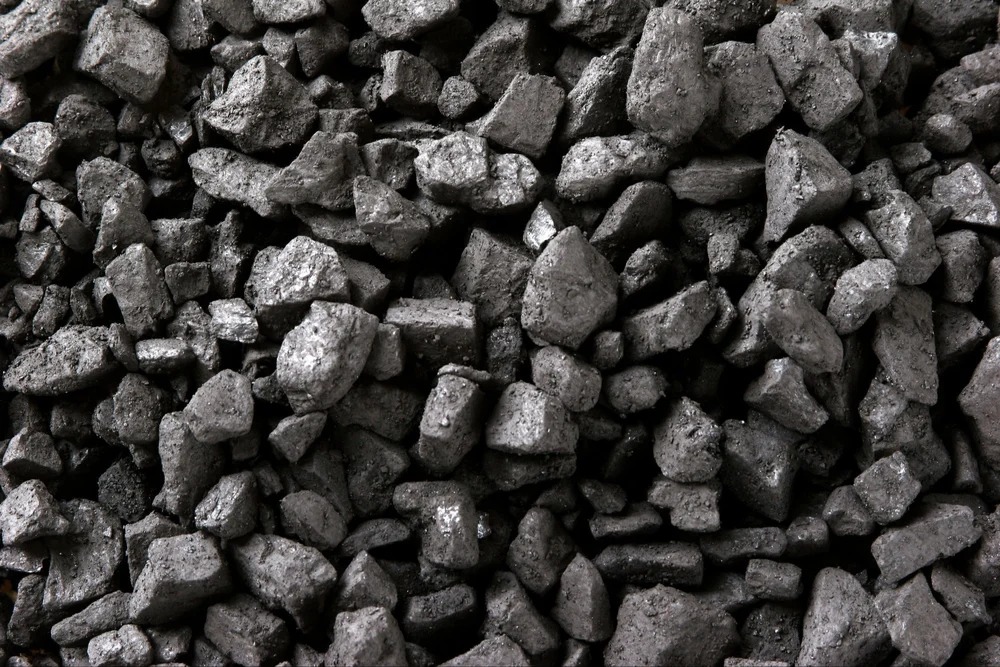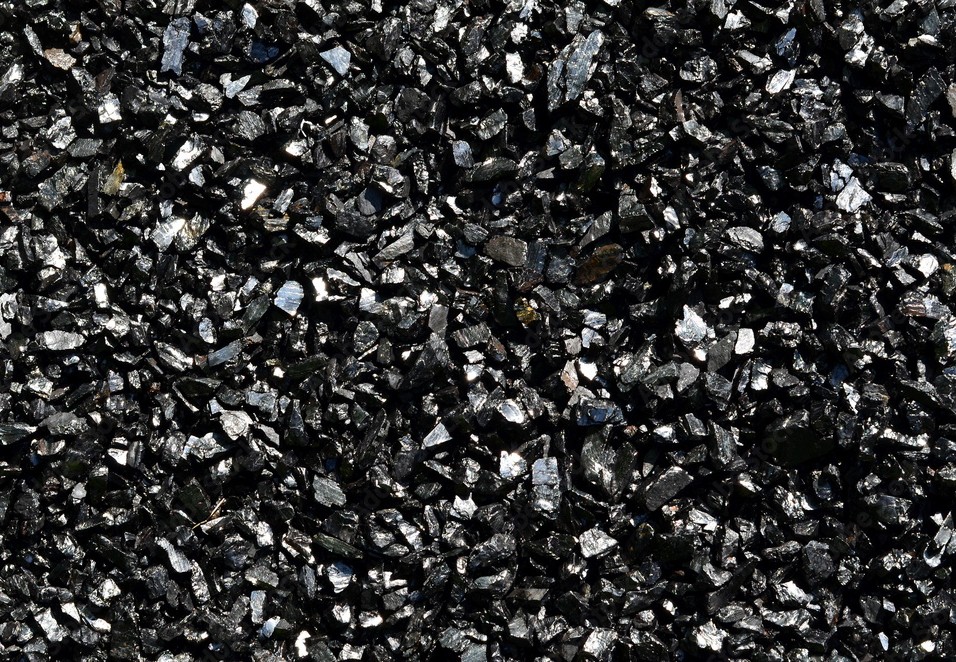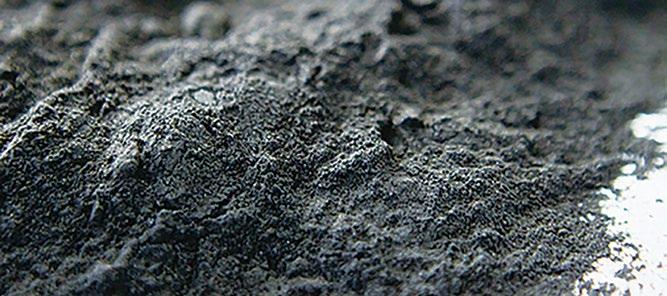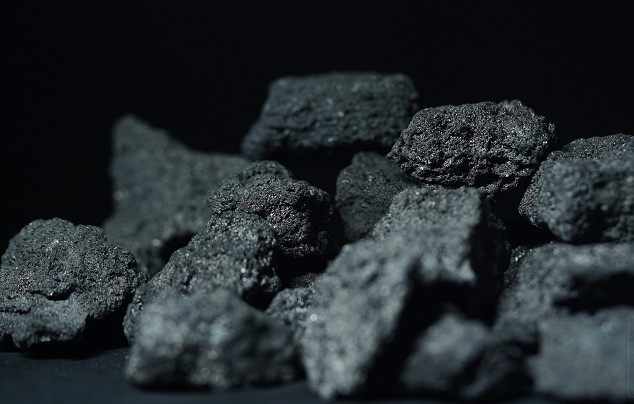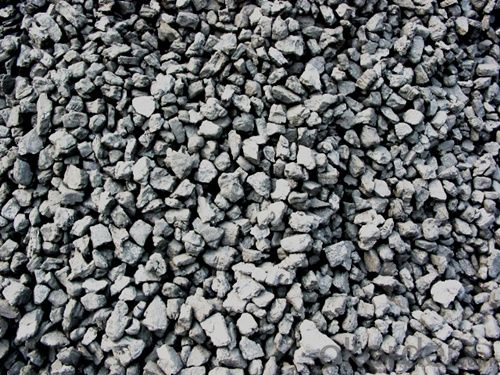GENERAL SPECIFICATION FOR HIGH GCV
| SR. No |
PARAMETERS |
UNIT |
TYPICAL SPECIFICATION |
| 1 |
GCV (ADB) |
Kcal/ Kg. |
5800-6500 |
| 2 |
Total Moisture (ARB) |
% By Wt. |
23-25 |
| 3 |
Inherent Moisture (ADB) |
% By Wt. |
8-12 |
| 4 |
Ash Content (ADB) |
% By Wt. |
4-6 |
| 5 |
Volatile Matter (ADB) |
% By Wt. |
35-40 |
GENERAL SPECIFICATION FOR LOW GCV
| SR. No |
PARAMETERS |
UNIT |
SPECIFICATION |
| 1 |
GCV (ADB) |
Kcal/ Kg. |
5000-5400 |
| 2 |
Total Moisture (ARB) |
% By Wt. |
30-45 |
| 3 |
Inherent Moisture (ADB) |
% By Wt. |
12-15 |
| 4 |
Ash Content(ADB) |
% By Wt. |
4-8 |
| 5 |
Volatile Matter(ADB) |
% By Wt. |
35-40 |
| 6 |
TS(ADB) % Wt. |
% By Wt. |
0.33 |
| 7 |
Size |
mm |
0-50 |
RB1 GENERAL SPECIFICATION
| SR. No |
PARAMETERS |
UNIT |
TYPICAL SPECIFICATION |
| 1 |
GCV (ADB) |
Kcal/ Kg. |
6500 |
| 2 |
Total Moisture (ARB) |
% By Wt. |
8-12 |
| 3 |
Inherent Moisture (ADB) |
% By Wt. |
2-3 |
| 4 |
Ash Content(ADB) |
% By Wt. |
13-15 |
| 5 |
Volatile Matter(ADB) |
% By Wt. |
20-22 |
| 6 |
TS(ADB) % Wt. |
% By Wt. |
0.8-1 |
| 7 |
Size |
mm |
0-50 |
RB2 GENERAL SPECIFICATION
| SR. No |
PARAMETERS |
UNIT |
TYPICAL SPECIFICATION |
| 1 |
GCV (ADB) |
Kcal/ Kg. |
6000 |
| 2 |
Total Moisture (ARB) |
% By Wt. |
8-12 |
| 3 |
Inherent Moisture (ADB) |
% By Wt. |
2-3 |
| 4 |
Ash Content(ADB) |
% By Wt. |
15-17 |
| 5 |
Volatile Matter(ADB) |
% By Wt. |
20-21 |
| 6 |
TS(ADB) % Wt. |
% By Wt. |
0.8-1 |
| 7 |
Size |
mm |
0-50 |
RB3 GENERAL SPECIFICATION
| SR. No |
PARAMETERS |
UNIT |
TYPICAL SPECIFICATION |
| 1 |
GCV (ADB) |
Kcal/ Kg. |
5500 |
| 2 |
Total Moisture (ARB) |
% By Wt. |
10-14 |
| 3 |
Inherent Moisture (ADB) |
% By Wt. |
2-3 |
| 4 |
Ash Content(ADB) |
% By Wt. |
20-23 |
| 5 |
Volatile Matter(ADB) |
% By Wt. |
18-20 |
| 6 |
TS(ADB) % Wt. |
% By Wt. |
0.8-1 |
| 7 |
Size |
mm |
0-50 |
Anthracite can be used as an effective and low-cost substitute of expensive Coke. Anthracite by its nature
and by technical parameters is identical with Metallurgical Coke and depending on application can be
used as a partial or full substitute of expensive Coke. Anthracite is a coal of the highest rank having a
metallic lusture and low volatile matter.
GENERAL SPECIFICATION
| SR. No |
PARAMETERS |
UNIT |
TYPICAL SPECIFICATION |
| 1 |
GCV (ADB) |
Kcal/ Kg. |
6500-8000 |
| 2 |
Total Moisture (ARB) |
% By Wt. |
8-14 |
| 3 |
Inherent Moisture (ADB) |
% By Wt. |
2-3 |
| 4 |
Ash Content(ADB) |
% By Wt. |
7-13 |
| 5 |
Volatile Matter(ADB) |
% By Wt. |
6-8 |
| 6 |
TS(ADB) % Wt. |
% By Wt. |
0.8-2.00 |
| 7 |
Fixed Carbon |
% By Wt. |
65-90 |
| 8 |
Size |
mm |
0-50 |
PCI (Pulverised coal Injection)
Steel mills, pig iron producers and pellet plants are the main consumers of PCI coal. Pulverised Coal injection into the blast furnace provides the operator with an option of reducing consumption of the more expensive variant of carbon – metallurgical coke. But metallurgical coke has other useful mechanical duties to perform in the furnace therefore, PCI can't replace coke consumption completely. Therefore, in a way, Coke and PCI complement each other in the Blast Furnace operations.
| PARAMETERS |
MId. VM |
LOW VM |
| Moisture, % |
10,00 max |
10,00 max |
| Ash db, % |
10,00 max |
10,00 max |
| Vm |
19,00 - 21,00 max |
14,00 max |
| S, db, % |
0,50 max |
0.50 max |
| P in ash, % |
0,035 max |
0,050 max |
| HGI |
65,00 min |
65,00-80,00 |
| AFT (FT in oxidizing) |
1400 Deg. C Min. |
1400 Deg. C Min. |
| Sizing 0-50 mm |
90,00% min |
90% min |
A coal that can be usefully converted into coke. It gives coke which is strong enough to resist pressure and breakage. Coking coal is also known as metallurgical coal and is mainly used in steel production. It is of a higher purity than thermal or steam coal which is used in energy generation.
| PARAMETERS |
MId. VM |
| Moisture, % |
10,00 max |
| Ash db, % |
9,00 max |
| Vm db, % |
17,00 - 22,00 max |
| S, db, % |
0,80 max |
| FSI |
7,50-8,00 |
| Y |
18,00 |
| Max Fluidity, ddpm |
400 - 1000 |
| MMR |
0.94 min |
| Size, mm |
0-50,00 |
METALLURGICAL COKE
Metallurgical Coke is used in products where a high quality, tough, resilient carbon is required. Met coke, limestone, and iron ore are mixed together in high-temperature furnaces where extreme heat causes the chemical properties to bond, forming iron and steel. More than 95 percent of the met coke produced is used in the iron and steel industries. Apart from the steel industry, applications for metallurgical coke are many and diverse, including sugar, soda, cement, mineral wool, and the smelting industries.
Metallurgical coke (Typical Specifications)
| Total Moisture (as received basis) |
5,00 % max |
| Ash (dry basis) |
12,00 % max |
| Volatile Matter (dry basis) |
1,00 % max |
| Total Sulphur (dry basis) |
0,60 % max |
| Phosphorus (in coke, dry basis) |
0,045 % max |
| Fixed Carbon (dry basis) |
86,00 % min |
| M10 |
7 % max |
| M40 |
80 % min |
| CRI |
26,00 % max |
| CSR |
62,00 % min |
| Size 25-80 mm |
90,00 % min |
| Size 0-25 mm |
5,00 % max |
COKE BREEZE
Coke Breeze is used in metallurgy in the sinter production (inout raw material for a blast furnace), as a carburizing agent in the steel industry, for forgery purposes or as a sorbent.
| Moisture, % |
15,00 max |
| Ash db, % |
13,00 max |
| VM, % |
1,50 max |
| S, db, % |
0,60 max |
| P in ash, % |
0,045 max |
| 0-1 mm |
25,00 % max |
COKE NUT
Coke nut is often called heating coke with respect to its prevailing purpose of use, cheap and fuel for heat production and water heating in households, companies and heating plants, particularly there where remote distribution of heat and gas is not possible. Due to its low content of ballast and sulphur in the ratio to the calorific value it is an ecological fuel complying with the strict limits for the content of pollutants, the so-called air emissions.
In addition, Coke nut is used as additional fuel in the blast furnace process and in a number of chemical and technological processes (production of lime, carbide, sugar, gas, etc.).
| Moisture, % |
15,00 max |
| Ash db, % |
13,00 max |
| VM, % |
1,50 max |
| S, db, % |
0,60 max |
| P in ash, % |
0,045 max |
| 0-1 mm |
25,00 % max |
